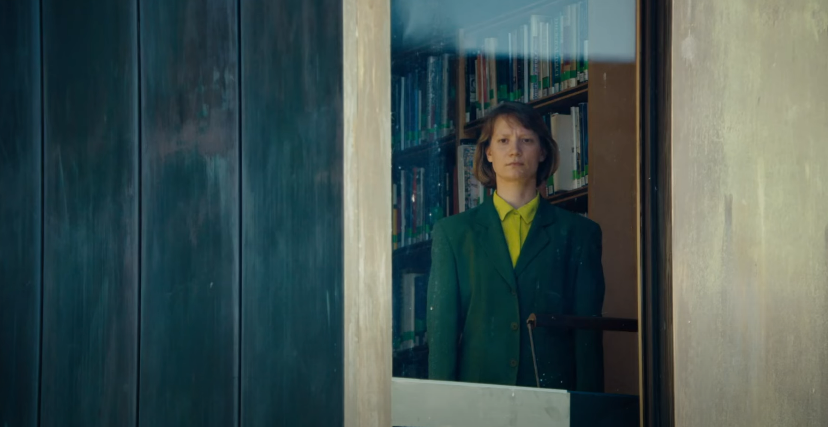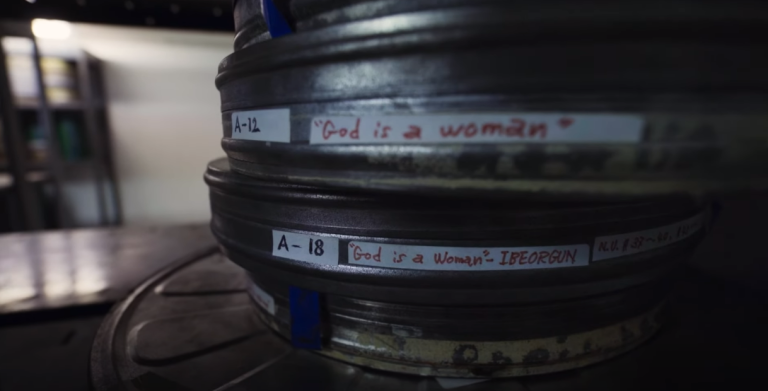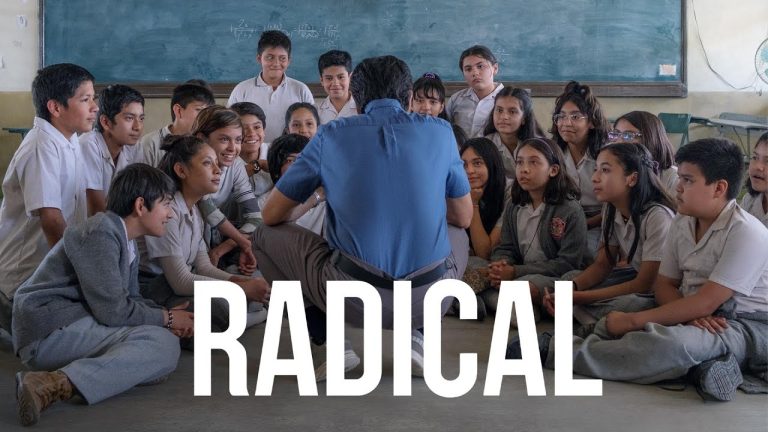

Jessica Hausner’s films are renowned for their intricate blend of ambiguity and heightened emotional states, blurring the boundaries between reality and fiction. Characters in her works often navigate extreme circumstances, constructing alternate realities fueled by their inner turmoil. Mundane elements of existence recede into the background as her narratives delve into singular fixations, whether it’s the fervor of faith in “Lourdes” (2009), the entwining of love and mortality in “Amour Fou” (2014), or the eerie allure of ominous orchids in “Little Joe” (2019). These cinematic experiences inhabit a domain where logic takes a backseat, and an overpowering dedication to a solitary concept reigns supreme. In her latest endeavor, “Club Zero,” Hausner continues this exploration of unchecked fantasies usurping reality, fostering a skepticism toward the concept of truth itself.

Set within a specialized school catering to students with behavioral or learning difficulties, “Club Zero” portrays a community where parents either deeply engage with the institution or merely drop off their children due to their own hectic lives. The school’s atypical uniform—consisting yellow T-shirts, beige shorts, bright blue knee socks, and white sneakers—sets a distinct tone. Into this environment strides Miss Novak (portrayed by Mia Wasikowska), a new teacher whose expertise lies in nutrition. With fervor bordering on zealotry, she introduces a program dubbed “conscious eating,” capturing the attention of students who encircle her as she expounds its virtues. The camera captures their impassive, detached demeanor, potentially rendering them vulnerable to Miss Novak’s influence.

Miss Novak advocates for consuming less food, promoting a method involving meditative breaths before each bite to reduce overall intake. While some students resist, the majority succumb to her sway, adopting her serene expression and slow-eating rituals in the cafeteria. Miss Novak employs manipulation tactics akin to cult leaders, fostering an “Us vs. Them” mentality and isolating students from dissenting peers and skeptical parents. Through self-confession sessions, she elicits admissions of “cheating,” reinforcing her role as the sole arbiter of truth and understanding.
In this microcosm, eating disorders are not only normalized but encouraged, leading to a chilling portrayal of indoctrination. The ease with which Miss Novak molds her charges serves as a cautionary tale, exposing the vulnerability of adolescents to charismatic authority figures. Hausner’s trademark ambiguity invites varied interpretations, suggesting the insidious nature of singular ideologies. While some may interpret the film as endorsing eating disorders, others perceive it as a critique of manipulation and blind devotion.

Hausner’s synergy with Martin Gschlacht, an experienced cinematographer, enhances the film’s eerie atmosphere, with clinical shots and sudden zooms intensifying its sense of unease. The final shot, reminiscent of Helen Reddy’s enigmatic song “Angie Baby,” leaves viewers grappling with unanswered questions, reflecting the isolating allure of cult-like ideologies.
“Club Zero” paints a monotonous portrait of life within a rigid ideology, yet its unsettling allure captivates audiences, provoking contemplation long after the credits roll.

| Title | Brief Description |
|---|---|
| “Club Zero” | A film by Jessica Hausner delving into manipulation, reality distortion, and the normalization of eating disorders within a specialized school environment. |
| Director | Jessica Hausner |
| Cinematographer | Martin Gschlacht |
| Main Character | Miss Novak (portrayed by Mia Wasikowska) |
| Setting | Specialized school for students with behavioral or learning challenges, where a new teacher introduces a controversial “conscious eating” program. |
| Plot Summary | Students become ensnared by Miss Novak’s influence, embracing her teachings on food consumption with cult-like devotion, leading to a disconnect from reality. |
| Themes | Ambiguity, manipulation, reality distortion, cult dynamics, eating disorders normalization, vulnerability to charismatic authority figures. |
| Cinematography Style | Clinical shots, elevated angles, sudden zooms, overhead shots, creating a paranoid and surreal ambiance. |
| Final Message | Raises questions about the vulnerability of adolescents to manipulation and the power dynamics within cult-like environments, leaving viewers unsettled and intrigued. |






